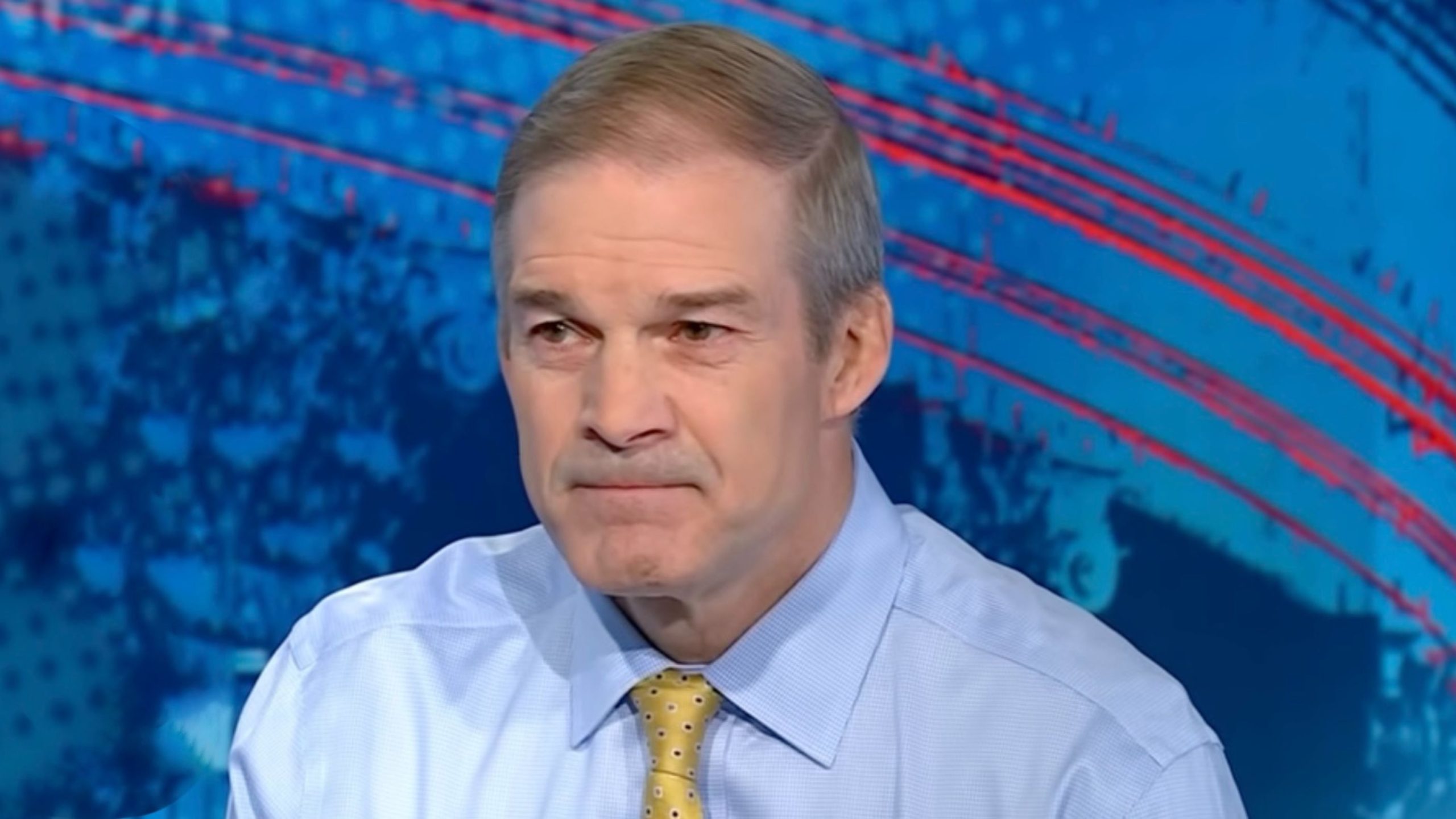Jim Jordan Probes Stanford’s Secret Meeting with Foreign Regulators over Alleged Coordination of Online Censorship Efforts

What many assumed was the end of Stanford University’s involvement in online speech regulation now appears to have been only a pause.
When donor Frank McCourt withdrew his funding from the Stanford Internet Observatory (SIO) last year, many observers believed the university had distanced itself from the contentious programs that worked with government agencies to monitor public discourse.
The SIO had been identified in the Twitter Files and congressional investigations as a major conduit for flagging and suppressing Americans’ online conversations about elections and COVID-19, often in coordination with the Department of Homeland Security’s Cybersecurity and Infrastructure Security Agency (CISA).
At that time, McCourt’s move was interpreted as a full disengagement.
According to new findings by Public, Stanford’s Cyber Policy Center recently hosted a confidential gathering that brought together officials from the European Union, the United Kingdom, Australia, and Brazil.
The meeting, held in September, focused on coordinating international strategies to control online content.
It was not publicly listed, and its existence was revealed only after a whistleblower shared internal materials with congressional investigators. The surprising detail: the event was funded by Frank McCourt’s new organization, the Project Liberty Institute.
For Americans weary of years of online suppression tied to government partnerships, this revelation suggests that the machinery of censorship continues under new labels.
Frustration has grown over the lack of accountability for officials and agencies that have sought to narrow the scope of lawful speech under the pretext of maintaining “integrity” and “safety.”
Jordan’s committee has continued to uncover connections between federal authorities, major tech companies, and academic programs involved in online moderation.
Evidence gathered so far shows that Facebook, Twitter, YouTube, and other platforms were routinely pressured by government offices to suppress lawful opinions.
After the Stanford meeting came to light, Jordan sent a formal request to Jeff Hancock, head of the Cyber Policy Center, demanding all communications and documentation related to the September 24 session.
He described the event as one that “brought together foreign officials who have directly targeted American speech and represent a serious threat to the First Amendment.”
Among those in attendance was Julie Inman-Grant, Australia’s eSafety Commissioner, known for advocating worldwide coordination of speech restrictions.
Jordan’s office characterized the Stanford session as a “roundtable” that included officials from “some of the entities with the worst track records of extraterritorial censorship, including the United Kingdom’s (UK) Ofcom, the EU, and Brazil.” His letter accused Stanford of helping foreign regulators “to vitiate the First Amendment.”
The Committee ordered Stanford to preserve all related records and respond by November 5, warning that failure to cooperate could lead to a subpoena, a tool Jordan previously used when Stanford resisted document requests during an earlier inquiry into the Internet Observatory.
“This collaboration with foreign censorship officials is even more alarming in light of Stanford’s past efforts to facilitate domestic government censorship of lawful speech,” Jordan wrote.
He noted that earlier investigations exposed how the SIO and its Election Integrity Partnership (EIP) “laundered government censorship requests to social media platforms.”
Get the full details from Public here.